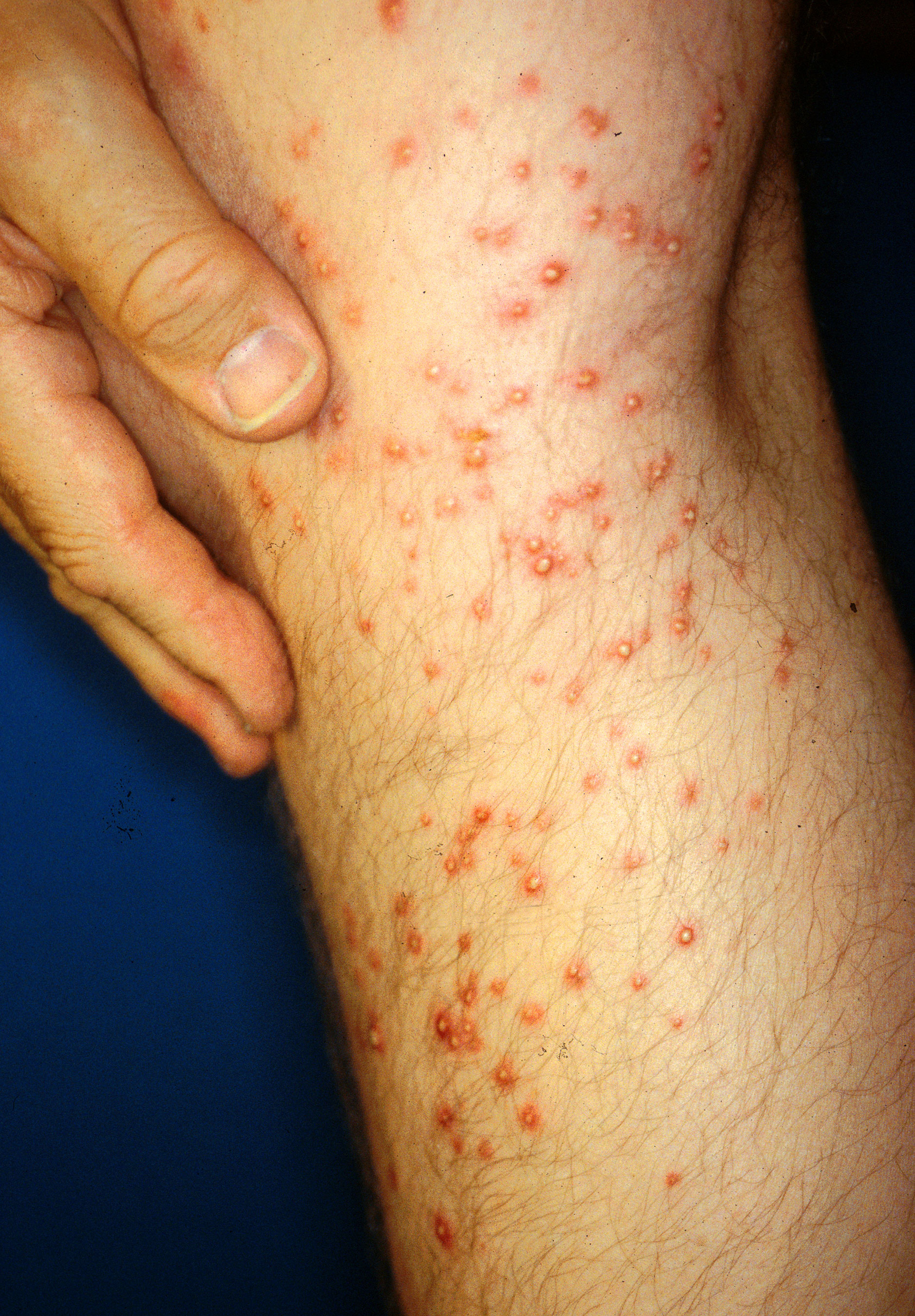Many people know that if you step on a fire ant mound, you’re probably going to get bitten. Do you know what to do if they attack you or your child? How much do you REALLY know about fire ants?!
It only takes fire ants 10 seconds to swarm when they’ve been disturbed. True or False?
True. Most fire ants only attack people or animals when their mounds are disturbed or they feel threatened. However, once bothered, it only takes 10 seconds for a swarm of angry fire ants to attack. The swarm tends to climb very quickly in a vertical direction — such as up your legs (yikes!) if you walk into their mound. Fire ant bites inflict a burning sensation and cause the development of small bumps on the skin that turn red and fill with white fluid a few days later.
Keep your wilderness wits about you and watch your step to avoid their mounds. If you’re ever attacked, quickly brush the ants off your skin and move away from the area. A few methods will help reduce the severity of ant bites:
- Wash the area with soap and water
- Apply ice
- Take an antihistamine
- Apply a paste of baking soda and water to help swelling and itching
- Avoid scratching the area
While most people do not experience symptoms beyond those mentioned above, children or people allergic to fire ants might suffer more. Seek emergency medical help immediately if you or someone else experiences:
- Chest pain
- Severe sweating
- Loss of breath
- Serious swelling
- Slurred speech
Fire ants only live in dirt mounds outside. True or False?
False. While fire ants tend to nest outdoors in mounds built of dirt, other environmental factors, such as heavy rainfall and flooding, can cause them to seek new dwelling places — such as your home or office. In search of dry areas and access to food sources, these unwelcomed guests have been known to invade and colonize in the walls of buildings, pipes, plumbing units, under sidewalks and even automobiles, among other places. Indoor infestation can quickly cause damage to light and other electrical fixtures, air conditioners and building structures.
Fortunately, there are several control methods for fire ants. Some options include fumigation, baits, mechanical removal as well as other methods. Contact a local pest control professional to help identify the severity of the problem plus the best way to monitor and prevent future infestations.


